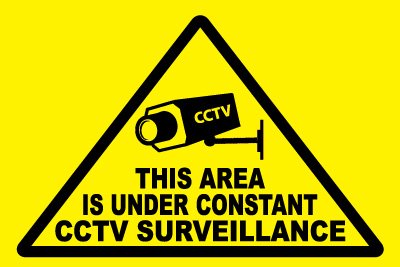Here's a true story.
We're in the boy's toilets of a primary school. A kid has dropped a toilet roll into the pan and pulled the flush - what a lark! Somehow, the whole bathroom has flooded, causing thousands of pounds worth of damage. The headteacher is incandescent, the miscreant can't be identified and so a new rule is introduced. All toilet rolls are removed: if a child wishes to use the toilet, they have to come first to the headteacher's room where they will be issued with the requisite strips of paper.What a disaster.
The problem here is that there is no supervision. Cameras can't be put into the toilet facility because of the potential for abuse - you can see the 'paedophile' headlines right now. But there is a solution - surveillance escrow.
Put the cameras in to supervise the toilets and connect them, via a broadband link, to a remote server controlled by a third-party - let's say Surveillance Escrow Services (SES). There the imagery is encrypted and archived, but no-one looks.
If there is a problem, suitably-accredited individuals (not the school staff) decrypt and review footage to determine what actually occurred and execute the agreed procedures vis-a-vis reporting back to the client (this has been discussed in a similar scenario here).
A variant approach, similar to the way Google treats Gmail: AI systems review the sensor feeds (which might be video, image, audio, textual or some other kind of sensor-data) in real-time, looking for anomalies before encrypting and archiving. They deliver alerts and summary reports to SES management who in turn, in conformance with appropriate privacy legislation, report back to the client.
I can imagine a number of possible applications of surveillance escrow (care homes, hospitals, secure workplaces) and offer the idea to any entrepreneur or new product development manager who's interested.

No comments:
Post a Comment
Comments are moderated. Keep it polite and no gratuitous links to your business website - we're not a billboard here.